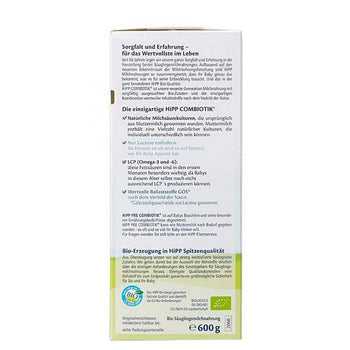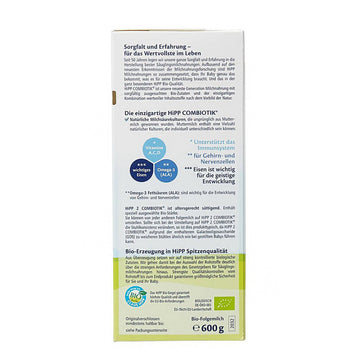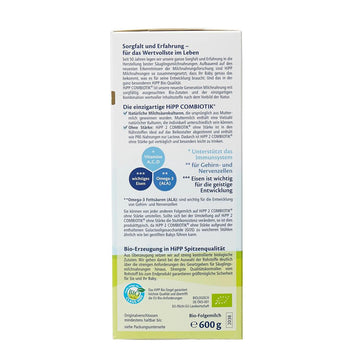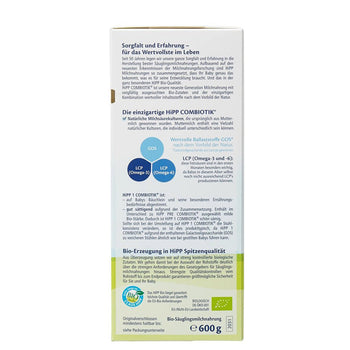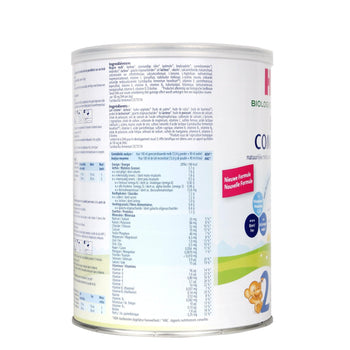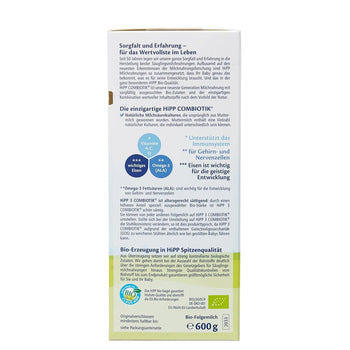Introducing Solid Foods: When Can Babies Start Eating Rice Cereal or Oatmeal?
Introducing solid foods to a baby is a significant milestone in their development. Parents often wonder when it is appropriate to introduce rice cereal or oatmeal into their baby's diet. We understand that this can be both an exciting and challenging time for parents, so we aim to provide comprehensive, detailed information to ensure that every step of the feeding journey is smooth and beneficial for your baby's growth.
What Age Can Babies Start Eating Rice Cereal or Oatmeal?
The American Academy of Pediatrics (AAP) recommends introducing solid foods around 6 months of age. However, some babies may be ready as early as 4 months, depending on their development and the advice of their pediatrician. It is crucial to ensure that the baby has developed the necessary skills to handle solid foods, including good head control and the ability to sit with support.
Signs That Your Baby is Ready for Rice Cereal or Oatmeal
Before introducing rice cereal or oatmeal, it is essential to observe your baby's developmental readiness. Key indicators include:
-
Good Head and Neck Control: Your baby can hold their head up without support.
-
Sitting With Minimal Support: The ability to sit in a high chair or infant seat.
-
Showing Interest in Food: Your baby may reach for food, open their mouth when food is offered, or watch others eat intently.
-
Diminished Tongue Thrust Reflex: Babies are born with a reflex to push food out with their tongue. This reflex usually fades around 4 to 6 months.
Why Choose Rice Cereal or Oatmeal as the First Food?
Rice cereal and oatmeal are often recommended as first foods because they are:
-
Easily Digestible
-
Iron-Fortified
-
Mild in Flavor
-
Low Allergenic Risk
-
Easy to Mix with Breast Milk or Formula
These qualities make rice cereal and oatmeal gentle on a baby's developing digestive system.
Rice Cereal vs. Oatmeal: Which is Better for Your Baby?
Rice Cereal for Babies
-
Pros:
-
Iron-Fortified for brain development.
-
Mild Taste that is generally well-accepted.
-
Low Allergenicity, making it a safe first choice.
-
-
Cons:
-
Arsenic Concerns: Rice can absorb arsenic from the environment, leading to health concerns if consumed in large quantities. The FDA advises limiting rice products and diversifying grains.
-
Oatmeal for Babies
-
Pros:
-
Rich in Fiber, promoting healthy digestion and preventing constipation.
-
Nutrient-Dense, containing essential vitamins, minerals, and antioxidants.
-
Less Arsenic Risk compared to rice cereal.
-
Gluten-Free (if certified), reducing the risk of gluten sensitivity in susceptible infants.
-
-
Cons:
-
Some babies with sensitivity to grains might exhibit mild digestive issues, though this is rare.
-
How to Introduce Rice Cereal or Oatmeal to Your Baby
Step 1: Choose an Iron-Fortified Single-Grain Cereal
Opt for baby-specific cereals labeled as iron-fortified rice cereal or iron-fortified oatmeal cereal.
Step 2: Mix With Breast Milk, Formula, or Water
Combine 1 tablespoon of cereal with 4 to 5 tablespoons of liquid to create a smooth, runny consistency. This helps your baby transition from a liquid-only diet to solid foods.
Step 3: Start Slowly
-
Begin with 1 to 2 teaspoons once a day.
-
Gradually increase as your baby gets accustomed to the texture and swallowing process.
Step 4: Observe for Allergic Reactions
Watch for signs of allergies, including:
-
Rash
-
Vomiting
-
Diarrhea
-
Swelling of the Face or Lips
If any of these symptoms appear, discontinue the cereal and consult a pediatrician.
Nutritional Benefits of Rice Cereal and Oatmeal
Iron for Healthy Development
Both rice cereal and oatmeal are often iron-fortified to prevent iron deficiency anemia, a common concern in infants as their natural iron stores begin to deplete around 6 months.
Fiber Content
Oatmeal is especially high in fiber, which supports healthy digestion and prevents constipation, a frequent issue when transitioning to solid foods.
Essential Nutrients
Both grains provide vitamins B, E, magnesium, and zinc, supporting overall growth and immune function.
Common Concerns About Introducing Rice Cereal or Oatmeal
Arsenic in Rice Products
Due to arsenic contamination in rice, parents should:
-
Limit rice cereal intake to once or twice a week.
-
Diversify grains by introducing oatmeal, barley, or multigrain cereals.
Constipation from Rice Cereal
Some babies experience constipation after consuming rice cereal. If this occurs, switch to oatmeal, which is known for its mild laxative properties.
Gluten Sensitivity
While oatmeal is naturally gluten-free, cross-contamination can occur. Choose certified gluten-free oatmeal if there is a family history of celiac disease or gluten intolerance.
When to Consult a Pediatrician
Seek medical advice if your baby experiences:
-
Persistent digestive issues
-
Severe allergic reactions
-
Difficulty swallowing
-
Concerns about growth or nutrition
Introducing a Variety of Grains After Rice Cereal and Oatmeal
After your baby becomes comfortable with rice cereal or oatmeal, gradually introduce other grains, such as:
-
Barley Cereal
-
Multigrain Cereal
-
Quinoa Flakes
-
Millet
Diversifying grains minimizes arsenic exposure and provides a broader range of nutrients.
Key Takeaways for Parents
-
Start solid foods around 6 months.
-
Rice cereal is a mild, iron-fortified option, but arsenic concerns require moderation.
-
Oatmeal is a nutrient-rich alternative with digestive benefits.
-
Watch for signs of readiness and allergies.
-
Diversify grains for optimal nutrition and safety.















